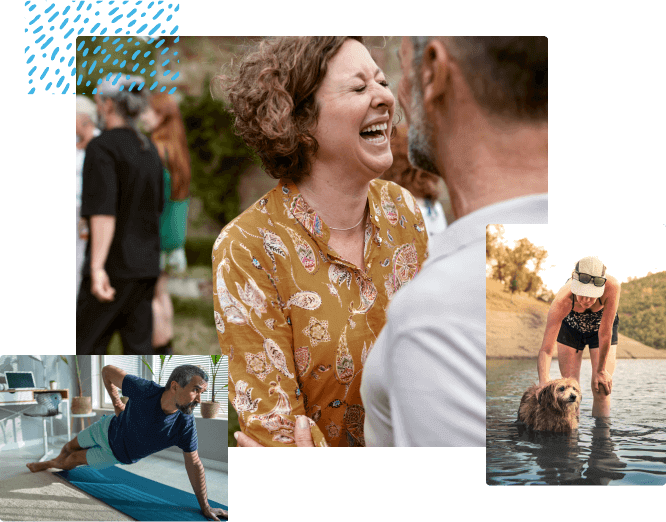Medicare
We help make it easy to find Medicare coverage that fits your unique needs.
Or, call us today at 800-752-6650.

Medicare plans
Part A and Part B (Original Medicare)
Part A (hospital insurance) and Part B (medical and doctor insurance) are provided through the U.S. Government and are referred to as Original Medicare.
Part D (prescription drug) plans
Cost of outpatient prescription drugs. Covers generic and brand-name drugs. Available as a stand-alone plan or to compliment your existing coverage.
Medicare Advantage (Part C) plans
Medicare Advantage is an "all in one" alternative to Original Medicare. These bundled plans include Part A and Part B and most cover prescriptions.
Medicare Supplement (Medigap) insurance plans
If you are enrolled in Medicare Part A and Part B (Original Medicare), Medicare Supplement insurance plans can help fill the coverage gaps.
Medicare quick links
Learn about Medicare
Just getting started with Medicare? Learn the Medicare basics.
Medicare guide
Download our Medicare & You guide to view coverage options.
Your friends, family and even your doctors trust us, and have for over 80 years.

Questions about our Medicare coverage?
Phone hours:
Medicare Advantage: 8 a.m. to 8 p.m., 7 days a week
All other inquiries: 8 a.m. to 4:30 p.m., Monday through Friday
Helpful links
Kansas Insurance Department | Required Statements and Disclosures | Medicare.gov | Social Security Administration
Disclaimers
Medicare Supplement is offered by Blue Cross Blue Shield Kansas Solutions, a wholly owned subsidiary of Blue Cross and Blue Shield of Kansas. Blue Cross Blue Shield Kansas Solutions is not connected with or endorsed by the U.S. Government or the federal Medicare program. By providing information to Blue Cross Blue Shield Kansas Solutions a Medicare Advisor may contact you.
e715A 08/23 Rev, 08/23
H7063_Medicareweb1_C